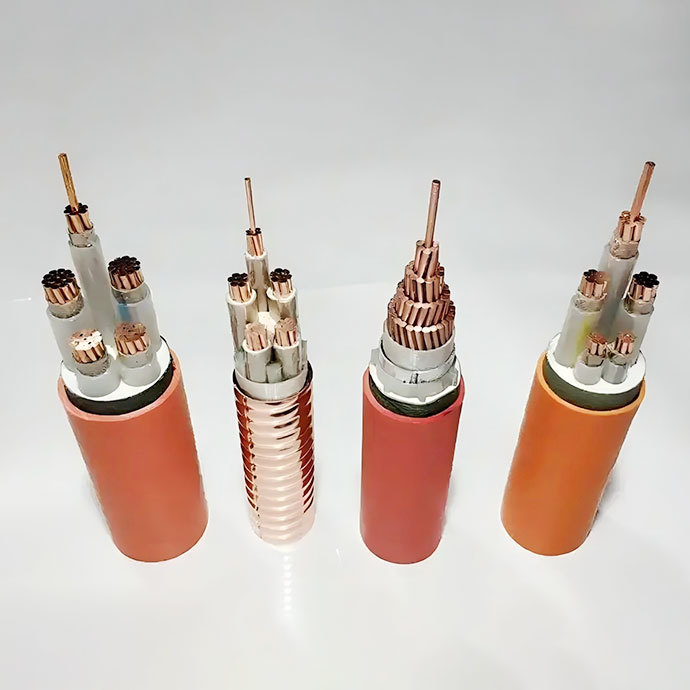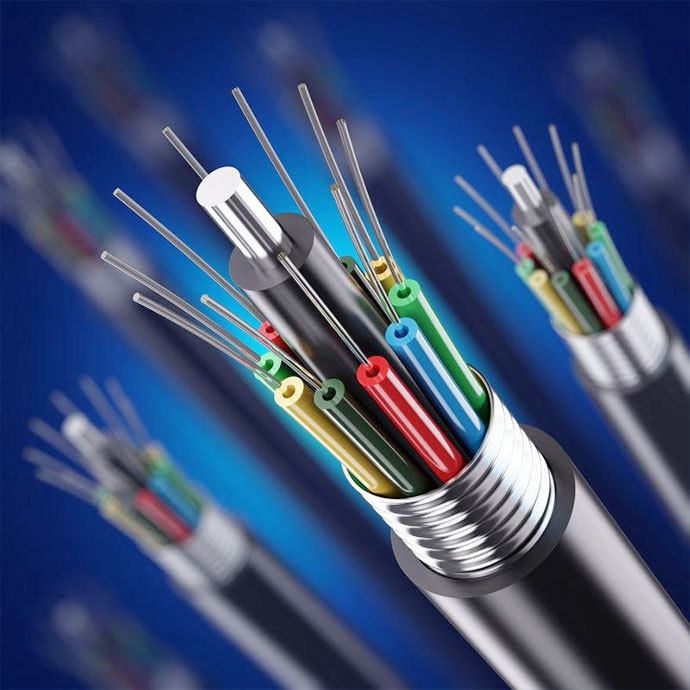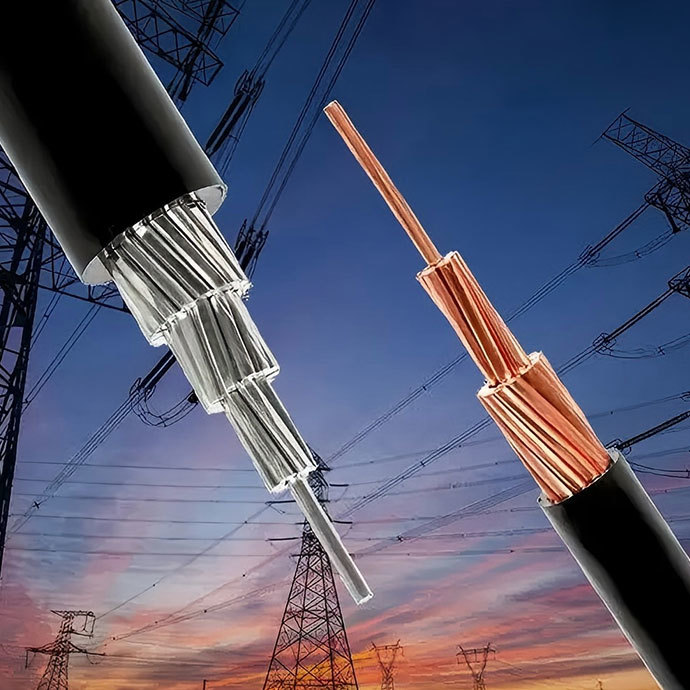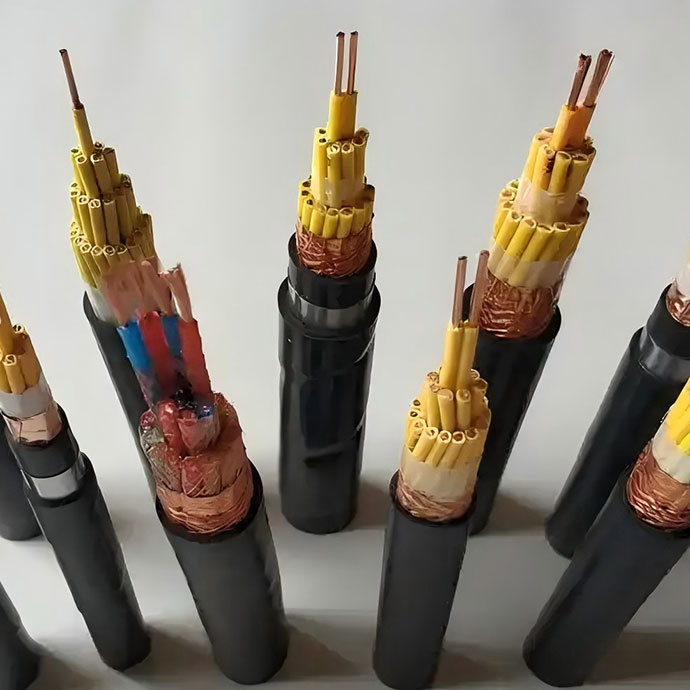Product
Contact Us
Hotline: 400-6019552
Tel & Phone:
+860317-2653118 / +8613903171615
Fax: +860317-2653866
Email: xingzhou118@126.com
Add: South of Jinhua Road, Renqiu Economic Development Zone, Hebei Province, China
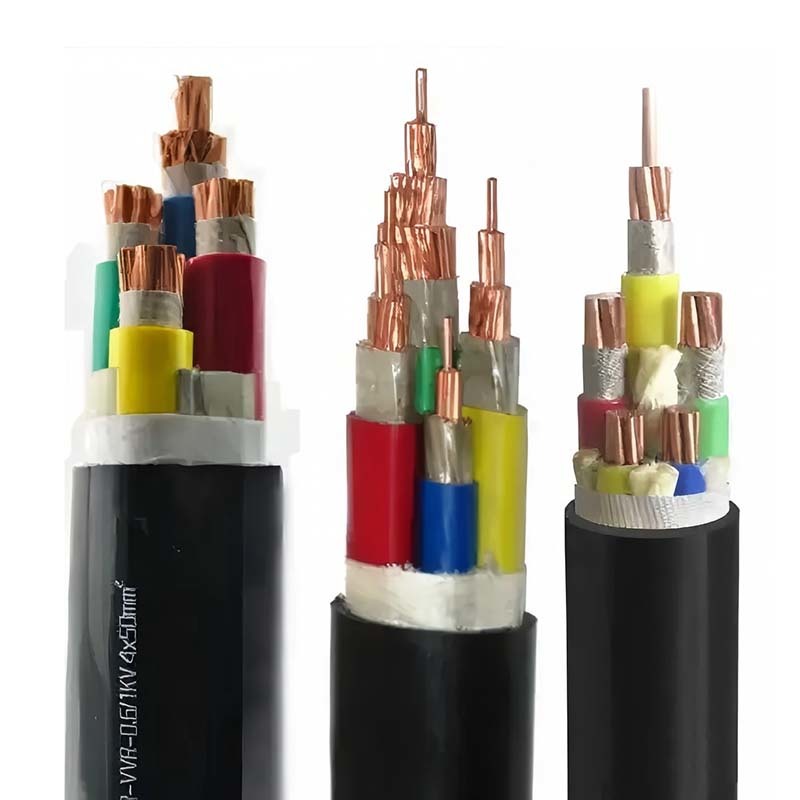
Flame retardant fire resistant cable
Keywords:
Category:
- Product Description
-
Product Introduction
Flame-retardant cables: These cables are mainly used to slow down the spread of flames along the cables, thereby controlling the spread of fire. They achieve this by adding flame retardants (such as halogens, phosphorus, nitrogen, boron, etc.), which can limit the spread of flames in the event of a fire and help with evacuation.
Fire-resistant cables: This type of cable can maintain operation for a certain period of time in a flame, ensuring the continued operation of critical facilities such as fire elevators and fire pumps during a fire. The fire-resistant layer of fire-resistant cables usually uses multiple layers of mica tape, which can maintain the insulation performance of the cable at high temperatures.
Structure and Materials
Flame-retardant cables: Mainly composed of an insulation layer, sheath, and outer protective layer, these parts usually use flame-retardant materials such as low-smoke halogen-free flame-retardant polyolefins and cross-linked polyethylene.
Fire-resistant cables: In addition to the basic conductors and insulation layers, multiple layers of fire-resistant mica tape are wrapped around each insulated core, making the cable thicker in cross-section than conventional cables because the multiple layers of mica tape occupy additional space.
Performance Standards
Flame-retardant cables: According to the level of flame-retardant performance, they are divided into four categories: A, B1, B2, and B3. Among them, Class A has the best flame-retardant performance and can control the spread of flames to a very small area under the specified test conditions, and the self-extinguishing time after removing the flame is also very short.
Fire-resistant cables: Fire resistance is measured by the fire resistance time. Common fire-resistant cables must ensure that they can continuously power for 90 minutes or even longer at high temperatures of 750℃ to 800℃, maintaining normal signal or power transmission.
Application Scenarios
Flame-retardant cables: Widely used in densely populated places such as shopping malls, theaters, and high-rise residential buildings. When a fire occurs, it can reduce the risk of fire spreading along the cable lines, buy time for evacuation, and reduce property losses caused by fire.
Fire-resistant cables: Focus on key lines that still need to be continuously powered after a fire, such as power supply lines for fire elevators, fire pumps, fire alarm systems, and emergency lighting, ensuring the smooth progress of emergency rescue, evacuation guidance, and other fire emergency operations.
From the above detailed introduction, it can be seen that flame-retardant and fire-resistant cables play a vital role in modern buildings and industrial environments. They not only improve the safety of the power system but also provide a guarantee for rapid response in emergencies.
Product Inquiry
Note: Please leave your contact information, our professionals will contact you as soon as possible!



